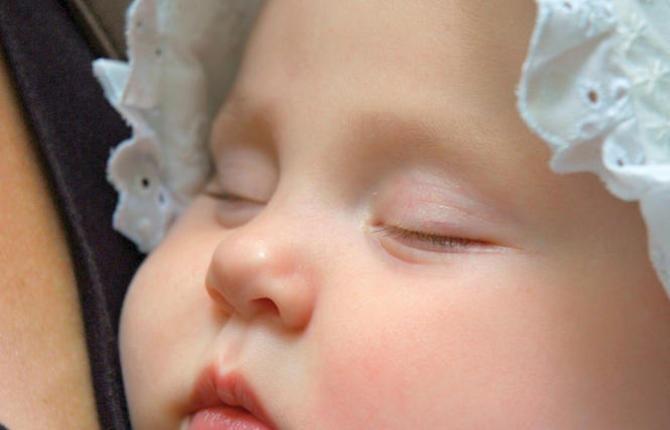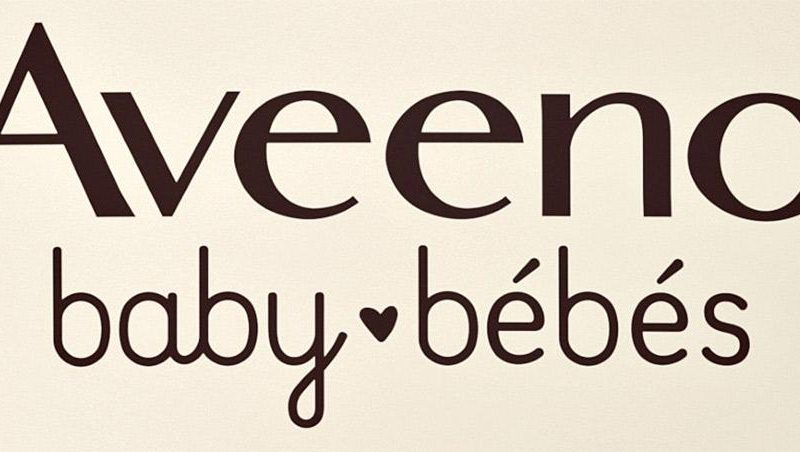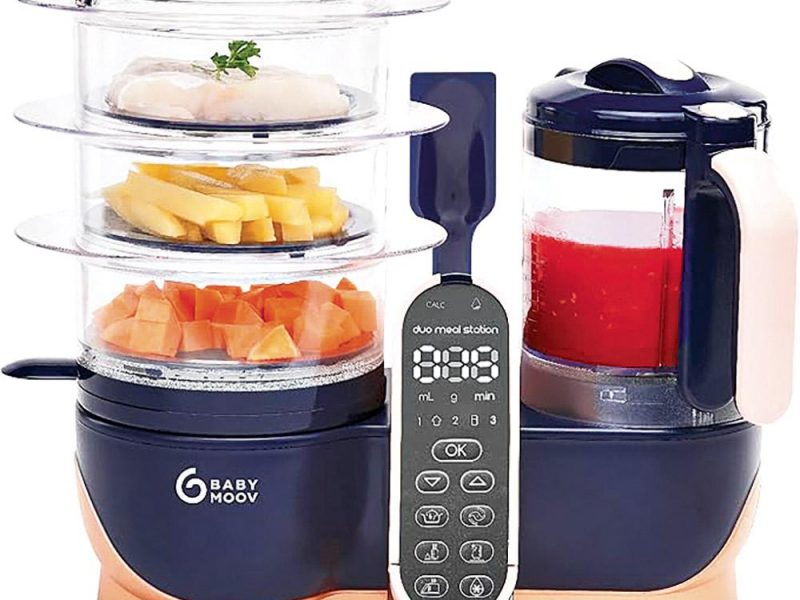
And baby makes
I never really considered myself a consumer…until I had a baby. Babies, coming into the world as they do naked and apparently needing a whole lotta gear, sent me to the mall more often than I care to remember. And these days, it’s not enough to clothe and feed your baby. Instead, concerned parents have to sift through the oft-conflicting information about what’s safe for baby, safe for the planet…and easy on the wallet. Given that you’ve likely got enough on your mind, let me guide you to a “greener” baby:
Bottles: Canada’s recent declaration of the chemical bisphenol A as a “hazard” has made it increasingly hard for companies to fall back on their standard “it’s-not-harmful-in-such-small-quantities” defense they’ve used for so many years. Truth is, bisphenol A, a chemical found in some plastics, has been linked to cancer and reproductive defects. And it appears in some baby bottles and the lining of tin cans (including formula). The good news is you can avoid it, if you know what to look for. For bottles, avoid polycarbonate (it shows up as the number 7 in the chasing arrows) and stick to glass. There are some brands that claim to be BPA-free, such as Born Free and Green to Grow (greentogrow.com). If you’re using formula, stick to powdered versions rather than the liquid in cans. And as your kids grow, avoid canned soups and pastas.
Bottoms
There is a movement (ha! get it?) referred to as “elimination communication” or, more to the point, “diaper free,” that aims to encourage parents to let their babies bare their bottoms, free of cloth or disposables. Must you tie a poop bag to your baby’s posterior? According to the folks at Diaper Free, “parents learn to listen and respond in the present moment to the baby’s needs and communication.” In other words, your wee baby goes wee in the toilet. Sounds simple. The catch? Parents must be free to pay close attention to their baby and be able to respond immediately (emphasis mine) when the child exhibits signs of needing to pee or poop. Sound like any parents you know? I don’t think so, either.
So, if you also have a life in which you must occasionally turn your attention away from your baby or actually leave your home for, say, bread, you have a decision to make: cloth or disposable. The debate rages on and, frankly, the true eco-winner isn’t clear. In one corner, we have disposables, whose fate is to lie for hundreds of years in landfills. In the other, cloth, which requires copious quantities of water to launder.
However, advances in both cloth and disposables are rendering the debate obsolete. Those who want the convenience of disposables might want to try gDiapers, which contain a flushable insert (available at Whole Foods, Wild Oats, and other natural food stores), or Tushies, which are chlorine free and gel free. Cloth-diaper users can either buy their own to launder or use a service. Washing your own cloth diapers is a clear winner in terms of price: Cloth diapers washed at home cost an estimated three cents per use, while a disposable will put you back close to a quarter. But because of their volume, diaper services are a still greener choice.
Here are a few tips to further green up either choice:
• Flush the poop out of both disposables and cloth. This keeps it out of landfills and reduces the greenhouse gases from its decomposition.
• Choose organic cotton rather than conventional cotton diapers. No pesticides from growing, no dioxins from bleaching.
• If you choose a diaper service, ask if it has any environmental accreditation. Make sure that it doesn’t use detergent with phosphates and that there’s no chlorine in the rinse water.
Wipes
Companies such as Seventh Generation and Tushies make flushable, eco-friendly wipes bleached by hydrogen peroxide rather than chlorine bleach. Those that are chlorine free will say so on the package. Better still, use little reusable washcloths dipped in warm water. As kids get older (and require less wiping), you can keep a damp washcloth in a zipper-lock bag for emergencies—just ensure it’s routinely replaced with a fresh one.
Lotions, Potions & Creams
Too many chemicals in lotions and creams are wreaking havoc on endocrine systems, kidneys, livers, and brains (for starters!). Steer clear of parabens and phthalates, for starters and seek out organic or natural brands, such as Dr. Bronner’s, Earth Mama, and Weleda. As for nipple creams for Mommy, bleeding nipples were the sad truth for me. Since babies clearly ingest nipple creams every time they breastfeed from a mother using them, it’s important to use the safest ones. While 100% lanolin is generally considered safe, some organic creams (and vegans!) eschew lanolin in favour of cocoa butter, shea butter and calendula.
Leslie Garrett is a mother of three and author of The Virtuous Consumer: Your Essential Shopping Guide for a Better, Kinder, Healthier World (and one our kids will thank us for!). Visit her at www.virtuousconsumer.com





